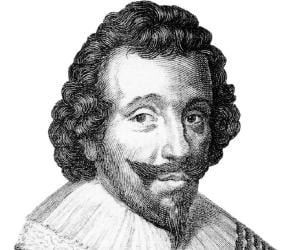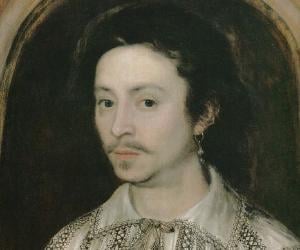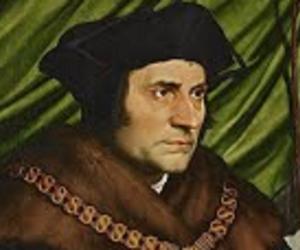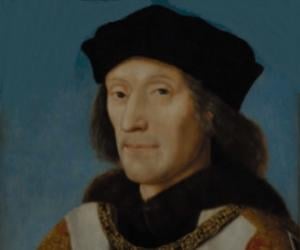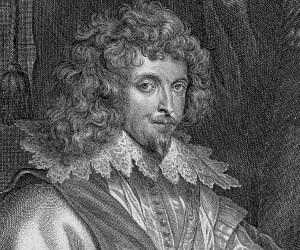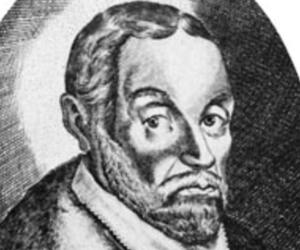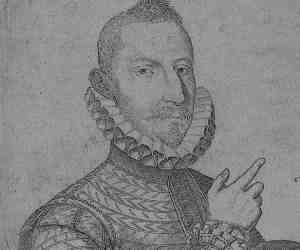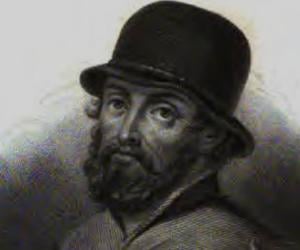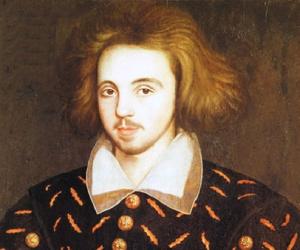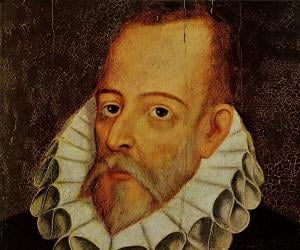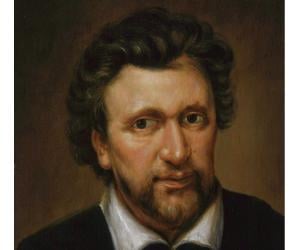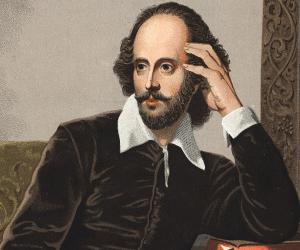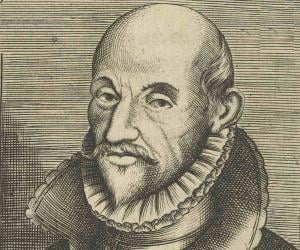English playwright, poet, and translator, Christopher Marlowe, was one of the major literary figures of the Elizabethan era. It is believed that he greatly influenced his contemporary William Shakespeare. He led a troubled life and died young under mysterious circumstances. Despite his early death, he is regarded as one of the foremost dramatists of the 16th century London.
Miguel de Cervantes was a Spanish writer best known for his work Don Quixote, which is considered one of the high points of world literature. He is regarded as one of the greatest novelists of all time and the greatest writer to ever write in the Spanish language. His works have influenced other works of art like music and paintings.
English playwright, poet, and actor William Shakespeare is widely regarded as the greatest writer in the English language. He is also often called England's national poet. Many of his works have been translated into other languages and his plays continue to be produced till day. Popular during his lifetime, he acquired an iconic status after his death.
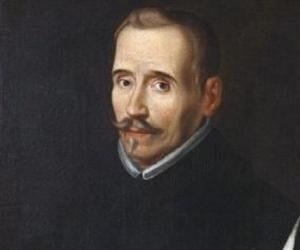
Spanish Baroque dramatist Lope de Vega was one of the most significant figures of the Spanish Golden Age. He had initially aspired to be a priest but abandoned his plans after falling in love with a married woman. He is best remembered for works such as The Dog in the Manger.
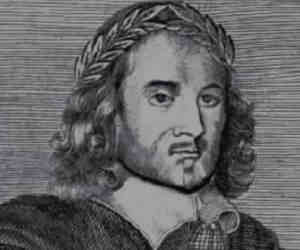
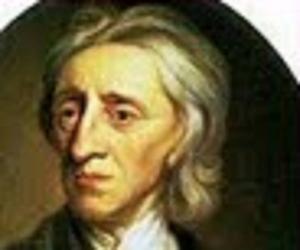
Giambattista della Porta was an Italian scholar, polymath, and playwright. He was active in Naples at the time of the Scientific Revolution and Reformation in the 16th century. He was knowledgeable in different fields, including occult philosophy, astrology, meteorology, alchemy, mathematics, and natural philosophy. In his later years, he collected rare specimens and grew exotic plants.
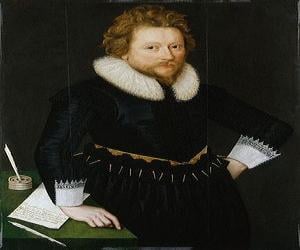
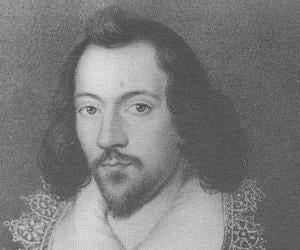
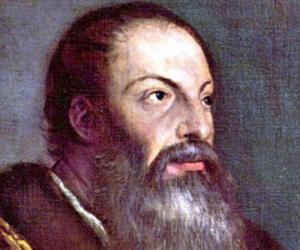
Pietro Aretino was an Italian author, poet, satirist, and playwright. He wielded influence on contemporary politics and art. An outspoken critic, Aretino was one of the most important and influential writers of his generation. A self-proclaimed sodomite, Pietro Aretino was involved in romantic relationships with men, which was uncommon at that time.
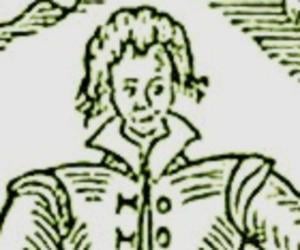

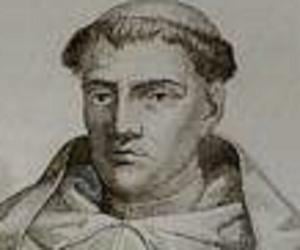
Spanish Baroque dramatist, poet and Roman Catholic monk Tirso de Molina is best known for writing the play The Trickster of Seville and the Stone Guest which first introduced the legendary fictional character of Don Juan. Other notable works of Molina includes the comedy sitcom Don Gil of the green tights and the trilogy of The Santa Juana.
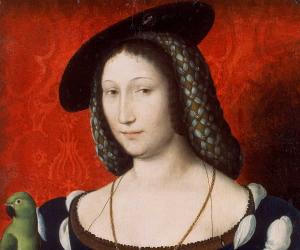
Margaret of Valois-Angouleme, the wife of Henry II of Navarre, was a significant figure of the French Renaissance, and is also regarded as The First Modern Woman. She patronized artists and was herself an author, with several short stories and a religious poem to her credit.
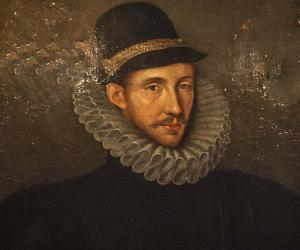
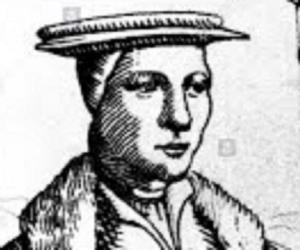
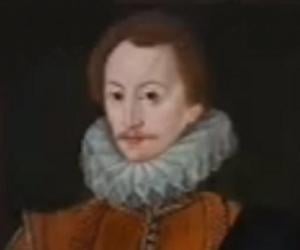
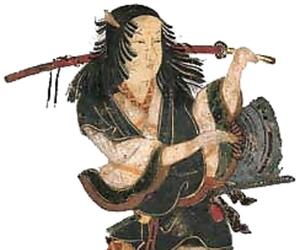
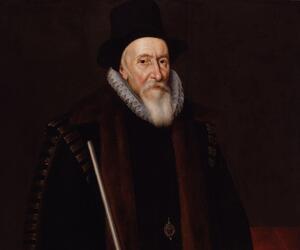
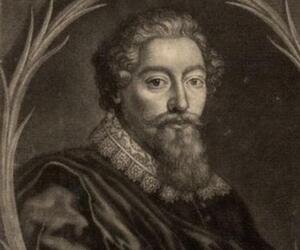
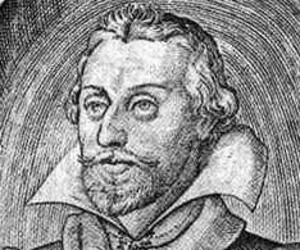
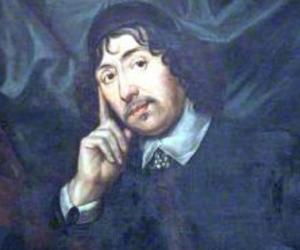
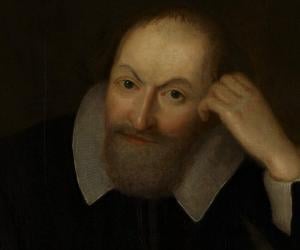
Apart from being a diplomat, Henry Wotton was also a poet and a patron of the arts. The Oxford alumnus is best remembered for his poems such as You meaner beauties of the night, which were dedicated to Elizabeth of Bohemia, the daughter of King James I.
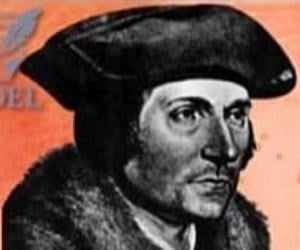
Noted Elizabethan and Jacobean dramatist Thomas Heywood is best remembered for his iconic tragedy A Woman Killed with Kindness and his prose work An Apology for Actors. Though it is generally believed he was a University of Cambridge alumnus, there are no records of the fact.
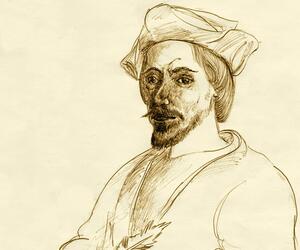
Gil Vicente was a Portuguese poet and playwright. He is considered the principal dramatist of Portugal and one of the greatest playwrights in Western literature. He is also renowned for his work in the Spanish language and is referred to as the Father of Spanish and Portuguese drama. Vicente is also counted among the leading figures of the Portuguese Renaissance.
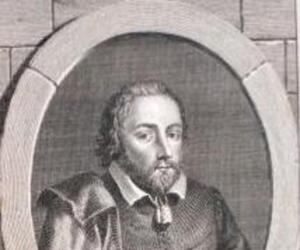
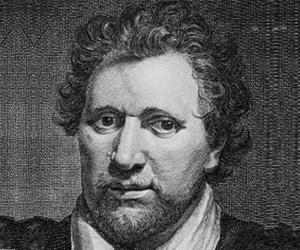
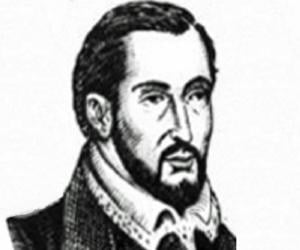
Spanish author Fernando de Rojas is remembered for his sole surviving work La Celestina, a tragic love story which was significant to the development of prose drama in Europe. A qualified lawyer, he had also served as lord mayor. He also ran into trouble with the Inquisition quite often.
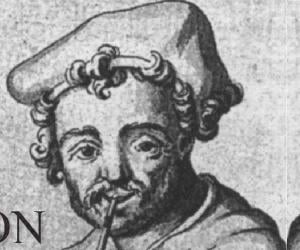

Juan del Encina is largely regarded as one of the pioneers of Spanish drama. He had been the court poet/dramatist for the Duke of Alba. Some of his best-known works were compiled in Cancionero. His églogas often dealt with mythological themes that were previously found in the Italian works.
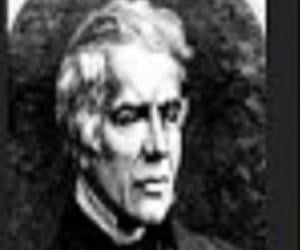
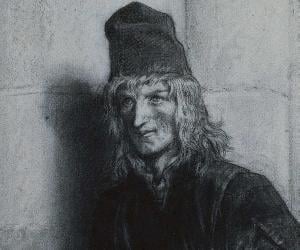
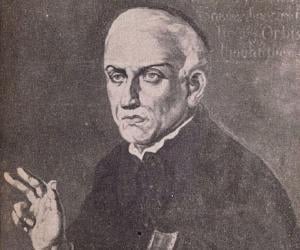
An influential Jesuit missionary in the Portuguese colony of Brazil, José de Anchieta worked with the indigenous population, converting many of them into Catholic faith. He also wrote Arte de grammtica da lingoa mais usada na costa do Brasil, providing orthography to the local Tupi language and is known to co-found the cities of São Paulo and Rio de Janeiro.
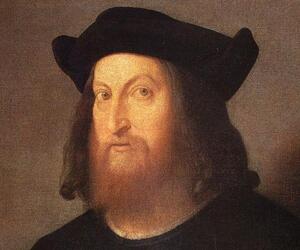
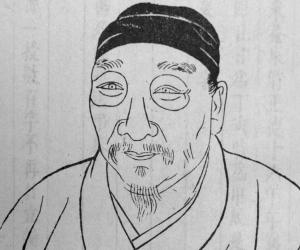
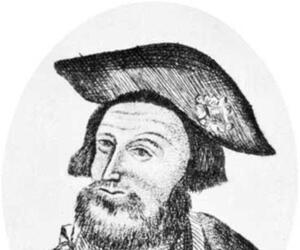
David Lyndsay was a Scottish herald and poet whose literary work is often counted among the finest of the Renaissance. A well-known makar, David Lyndsay is depicted among the 16 Scottish poets and writers on the famous Scott Monument in Edinburgh.
